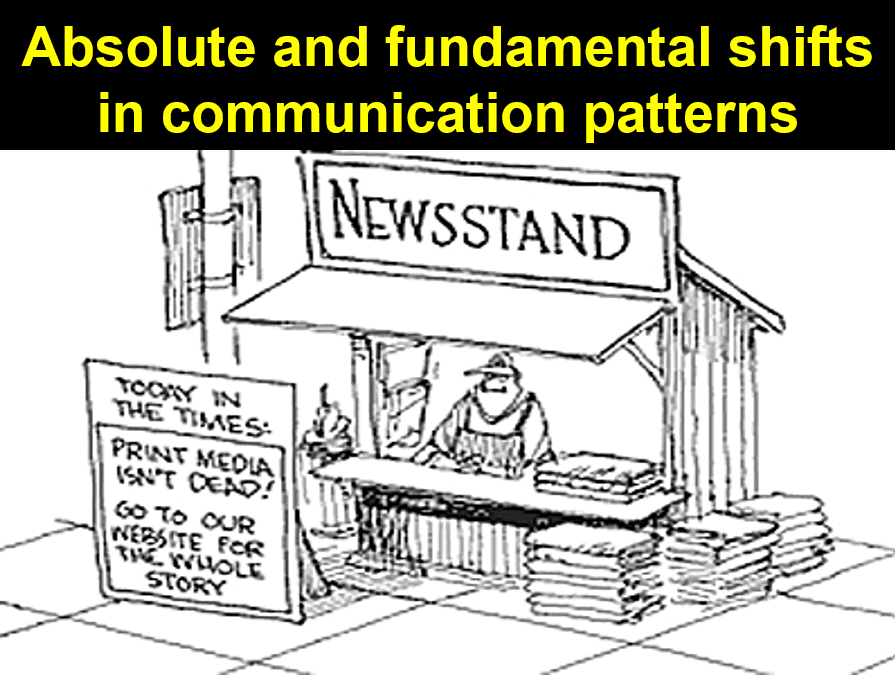Making Sense of the Nonsensical Newsstand
By Bob Sacks
Mon, Jun 2, 2014

It has been a very interesting and active week for publishers everywhere. The news of Source Interlink ceasing operation and the release of 6,000 workers is dramatic and traumatic to say the least. To those that track the industry the news of SID closing is not a surprise, but perhaps the speed of the demise was. Time Inc.'s announcement this week combined with the Bauer Publications' decision about three weeks ago to pull out of SID put the final nail in the coffin.
As reported many times in my newsletter and in the New York Times recently, "In the last five years, the retail magazine business has shrunk 50 percent, to less than $3 billion. And while there were hundreds of magazine wholesalers in the 1990s, the industry has consolidated into just a few major players in recent years: Source Interlink, TNG and Hudson News."
This turmoil has no end in sight. The sales we have lost as an industry in the last five years have little likelihood of returning. What we need to do is somewhere finally reach a sales plateau from which we can work on growth as an industry and as inpidual titles.
For my part there is ongoing and absurd doggerel from some members of our industry that the newsstand is a small part of the publishing business and its fall has little to do with the health of the magazine business. This thinking is part of a larger identity problem we are having and is patently not true, at least not true for most of the magazine industry.
The big guys -- you know who I mean -- don't really need the newsstand and have the bucks and the infrastructure to create and do as they will, and they will survive nicely, at least for a while. I do think their hugeness and current profits blind them from long term generational thinking. A newsstand presence gives a magazine and an entire industry visibility as an industry with the consumer. And conversely a lack of visibility breeds long term irrelevance. But perhaps that's the plan. The demise of an infrastructure not thought be needed by the current giants.
Jill Davison, a Time Inc. spokeswoman, said recently, "The regional markets that Source Interlink served -- Southern California, Chicago, and the Mid-Atlantic States -- might face shortages of popular Time magazines like People and Sports Illustrated for up to 12 weeks."
Disruption in the newsstand field for 3 months at least is lost sales, the kind that will never come back. Humans are creatures of habit. This disruption will no doubt create new non-newsstand habits in some of our old and trusted readers, thereby hastening an already depressed newsstand. Is there another interpretation that I am missing?
This disruption will be a loss of millions of dollars to Time Inc. and the infrastructure that supports magazine sales. Remember there are more industries involved in this process than just publishers. There are retailers, truckers, paper companies, printers and the like. They are all impacted and continue to be so. How vulnerable it must make them with the increasing understanding that they all rise and fall to a greater or lesser degree with how publishers handle the magazine industry.
It's my belief that those printers and paper companies and even magazine publishers that survive these turbulent transitional years from the analog days to the digital communication era will still have billions of dollars in profits to share. All they need to do is survive until the great communication realignment is over. It's no easy task, but some will and will even prosper and be glad they stuck it out.
My biggest fear as a once and still entrepreneurial publisher is not for the giants. Rather I see that the continuation of the current brittle infrastructure will over time limit the possibility for small niche print titles to survive and thrive. They will because of our newsstand negligence be forced to go digital whether they want to or not. And isn't that a sad situation to be in?
